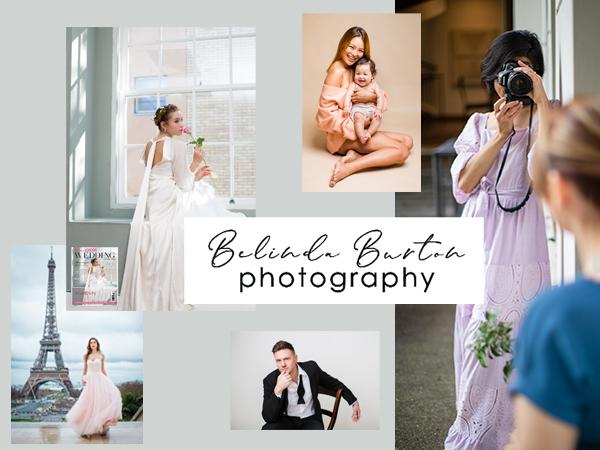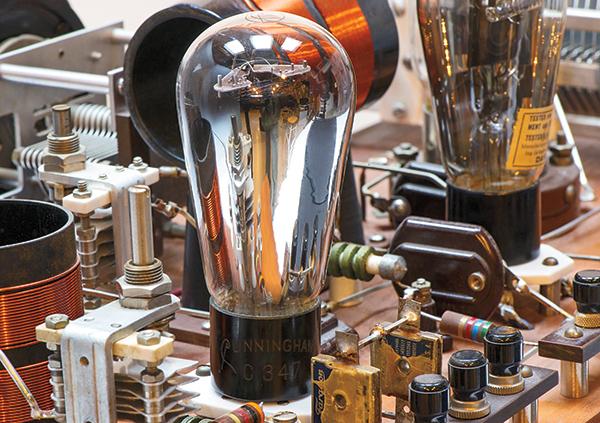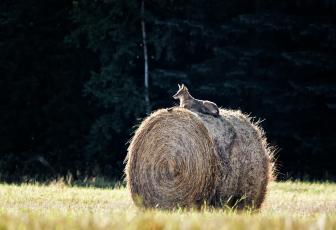|
Feb 22, 2024
|
Dec 08, 2023
|
Jul 14, 2023
|
Jun 23, 2023
|
Jun 22, 2023
|
Jun 20, 2023
|
Nov 28, 2022
|
Oct 28, 2022
|
Feb 14, 2017
|
Feb 07, 2017
|
Jan 13, 2017
















